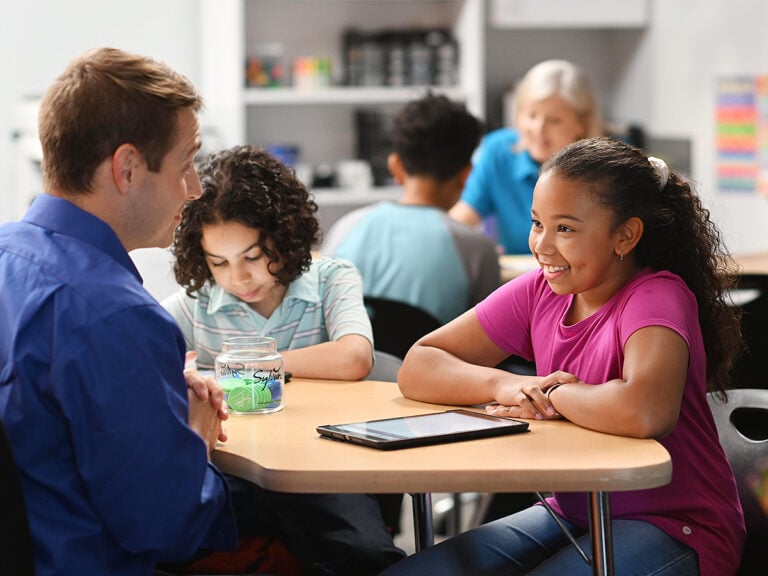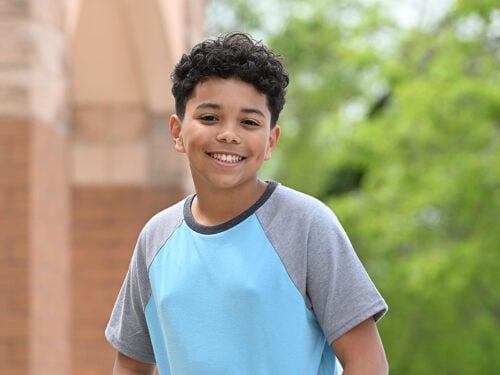Reading Tutoring
Reading struggles have a wide impact. But with our intensive, personalized reading tutoring, we can help students improve their literacy and comprehension skills, as well as develop a true love of reading.

This is the help with reading your child needs
We improve reading skills by meeting students where they’re at. We’ll assess your child’s unique reading abilities, and then identify how we can best help them improve fluency, comprehension and reading competence. We offer support for all levels of reading skills to help your child succeed.
Our approach works. In fact, Sylvan reading students typically see up to three times more growth in scores than non-Sylvan students!
Plus, our curriculum is aligned with school standards and our reading teachers are experts at encouraging and motivating students. The great thing about our teachers and our interactive technology is that they adapt to your child’s unique needs. We won’t stop until your child masters each concept!
Reading tutoring by grade levels
We can help your child improve their reading skills from the very beginning. Starting in pre-K and moving through high school, our reading tutors can help students develop their literacy skills at any level.

Our parents and students who love their results:
“The teachers here truly care about what they do. My son has truly developed a love for reading that he didn’t have before. He has confidence and all the tools he needs to be successful for the upcoming school year.”
Watch Video
See how Kyndall learned to love reading with the help of her Sylvan tutor!
Find reading tutors near me
Give us a call at (888) 338-2283 or fill out the form to discuss your child’s learning goals and schedule our Insight™ Assessment to accurately determine where your child stands academically.

